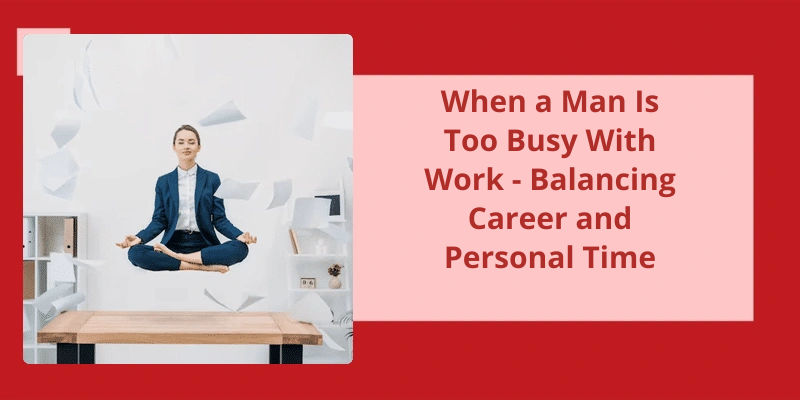Throughout the world, various cultures have their own unique customs and traditions. One such practice that stands out is the act of sitting on the floor. While this may seem uncomfortable or even strange to some, for certain cultures it’s a way of life. One such example is found in Okinawa, a chain of islands located in southern Japan. Here, it’s customary for people to sit on the floor for everyday activities such as reading, eating, talking, and relaxing. However, with younger generations becoming more accustomed to using chairs and other furniture, this tradition is slowly disappearing in Asia. Still, the act of sitting on the floor remains an important aspect of Okinawan culture and continues to be a significant part of their daily lives.
Why Do Koreans and Japanese Sit on the Floor?
In traditional Korean and Japanese cultures, sitting on the floor was considered a way to show respect and humility. It was also a practical solution to the hot and humid summers in these countries, as sitting on the floor allowed for better airflow and ventilation. In addition, sitting on the floor made it easier to eat and socialize in a more informal and relaxed manner.
While it may be less common today, it remains an important part of these countries identities and is likely to continue to be practiced for many years to come.
However, as Japan continues to modernize and westernize, more people are opting for chairs and sofas in their daily lives. Despite this shift in furniture preferences, sitting on the floor remains an important cultural practice in Japan.
Do Japanese People Still Sit on the Floor?
In fact, the Japanese have a long-standing cultural tradition of floor sitting, rooted in both practical and aesthetic considerations. Without chairs or other pieces of furniture, the floor provides ample space for people to gather and interact comfortably. Secondly, Japanese architecture has traditionally been designed to celebrate natural materials, with tatami mats and shoji screens creating a warm, inviting atmosphere that’s both functional and pleasing to the eye.
However, in recent decades, there’s been a growing trend towards Western-style furniture in Japan. This has been driven by a number of factors, including changes in lifestyle, urbanization, and the influence of Western culture. Many Japanese now opt for chairs and tables in their homes, and even restaurants and cafes are increasingly adopting Western-style seating arrangements.
The tea ceremony, for example, is a highly stylized event that requires guests to sit on the floor and adhere to strict rules of etiquette. In this context, sitting on the floor is seen as a way of showing respect for tradition and culture. Similarly, many temples and shrines in Japan require visitors to remove their shoes and sit on the floor before entering.
Another factor contributing to the continued popularity of floor sitting in Japan is it’s health benefits. Sitting on the floor has been shown to promote good posture, and can help to strengthen the back and core muscles. It also requires more effort to get up and down, which can provide a light workout throughout the day. Additionally, sitting on the floor is believed to aid digestion, as it allows the stomach and intestines to function more efficiently.
It’s practical and aesthetic benefits, as well as it’s associations with tradition and health, ensure that it will continue to be practiced for many years to come. As such, it’s a unique aspect of Japanese culture that visitors to the country are sure to encounter and appreciate.
How the Japanese Government and Businesses Promote Floor Sitting as a Cultural Tourism Attraction.
- Offering traditional tatami room accommodations in hotels and ryokans
- Organizing cultural events and workshops that feature floor seating, such as tea ceremonies and kabuki performances
- Encouraging restaurants to offer traditional-style seating options, such as zaisu chairs and low tables
- Developing tourism campaigns that highlight the unique experience of sitting on the floor and creating memories that last a lifetime
- Showcasing the health benefits of floor seating, such as improved posture and reduced back pain
- Collaborating with local artisans to create handmade cushions and mats for floor seating
- Adding floor seating areas to public places, such as parks and museums, for visitors to relax and enjoy the scenery
Source: Seiza – Wikipedia
The unique cultural practices and traditions of different regions are fascinating to discover. In Korea, the floor plays a significant role in their lifestyle and daily routines. Koreans have gone beyond merely sitting on the floor, and this has led to even more intriguing practices that are worth exploring. From sleeping to eating, they’ve found a way to incorporate the floor into their way of life and have even adopted unique heating systems to make it more comfortable. Their hygiene, which is vital in this way of life, is also uncompromised and worth noting.
Do Koreans Sit on the Floor?
Koreans are known for their unique customs and traditions, and sitting on the floor is one of them. This practice is rooted in the countrys history and cultural background, and it’s become an integral part of the Korean way of life.
Another unique aspect of Korean floor culture is sleeping on the floor. Many Koreans still sleep on mats called “yo” instead of traditional beds. This practice is believed to promote better circulation and reduce back pain. It’s also more hygienic since the mats can be easily washed and sanitized.
The hygiene aspect of Korean floor culture is indeed noteworthy. Since the floor is used for so many daily activities, cleanliness is of utmost importance. Koreans are known for their meticulous cleaning routines, and this extends to their floors as well. In fact, many homes have a separate cleaning tool specifically used for sweeping the floor.
It promotes good health, hygiene, and a sense of community. Visitors to Korea will likely experience this facet of Korean culture firsthand, and may even find themselves embracing the practice themselves.
The Use of the Traditional Korean Low Table, or “Chabudai,” Which Is Designed for Sitting on the Floor and Eating.
- The chabudai is a low table used in Korean culture for eating.
- It’s meant to be used while sitting on the floor, and is often featured in Korean dramas and movies.
- The design of the chabudai allows for a more intimate dining experience with family and friends.
- It also promotes a healthier lifestyle by encouraging people to sit on the floor instead of using traditional chairs.
- In recent years, the popularity of the chabudai has spread outside of Korea and has become a trendy item in home decor and furniture.
However, it still remains a significant aspect of Korean culture and is practiced by many households in the country, particularly in more traditional and rural areas.
Do Korean People Sleep on the Floor?
However, many traditional Korean households still use floor sleeping as a way to keep their rooms multifunctional. With little space available, sleeping on the floor allows for a quick and easy transition from a cozy sleeping space to a dining or study area. It may delight international travelers who get a chance to experience an authentic Korean stay in a traditional guesthouse, called a hanok, where the rooms are intentionally designed with wooden floors, heated from beneath.
There are many benefits to sleeping on the floor. One is that it naturally aligns the spine and relieves pressure points in the back, neck, and hips. With no cushion to sink into, it promotes a sturdier sleeping posture and better blood circulation, which can be therapeutic for those with back problems. Secondly, it can also encourage a calmer sleep, as lying close to the ground can make people feel more grounded and connected to the earth. It might be less isolating than sleeping up high in a soft bed that separates oneself from the ground completely.
Korean people often gather and snack in their living rooms, sitting on cushions and futons which can be rolled up for easy storage. From an outsiders perspective, it may seem spacious and tidy, but to a Korean, it may be considered a comfort culture” where warmth, closeness, and the absence of materialism are strongly valued.
In recent years, the popularity of Korean dramas and beauty products has created a significant interest in Korean culture worldwide. However, it’s essential to appreciate cultural practices in their historical and social contexts to avoid stereotyping. For example, not every Korean sleeps on the floor. Affluent Koreans may choose western-style bedrooms with luxury bedding that’s available in many high-end stores. Furthermore, like people in other countries, Koreans have choices in their lifestyle preferences and may favor a mix of traditional and modern living practices. But whatever choices Koreans make, it’s their way of life, shaped by their unique history and values, that ought to be respected and admired. It’s essential to always approach Korean culture with an open mind and curiosity.
Conclusion
However, with the encroachment of modernization and globalization, this practice is slowly eroding. Nonetheless, it’s important to recognize and appreciate different cultures and their traditions as they shape our world and make it a more diverse and vibrant place. It’s important to respect and preserve cultural practices that enrich our lives and keep us connected to our roots. Only then can we truly appreciate the beauty and richness of our shared humanity.






